We have a cluster of some service. The clients connect to the cluster via Websocket. The clients are targeted to nodes based on the group they belong to (lets call it a "conference").
In other words, a whole group of clients (conference) is served by one particular node. So, the target node should be selected based on some metadata sent when initiating the WebSocket connection.
Client Tom Hanks connects to Actors conference -> LB routes to node EU Server
Client Tom Hanks connects to Tesla fans conference -> LB routes to node USA Server
Client Ada Zizkova connects to Actors conference -> LB routes to node EU Server
Client Ada Zizkova connects to Tesla fans conference -> LB routes to node USA Server
...
Notice that this is NOT a HTTP session based stickiness. The HTTP session is the same one for the same user.
All this is what we would like to have. But currently we are at the simple AWS Elastic Load Balancer and we are about to implement this stickiness in-house and bypass the ELB.
Before doing that, I am looking into whether the ALB could do what I described above. Can't find anything, just this: Does an Application Load Balancer support WebSockets? Which looks like a general connection stickiness. See AWS docs here.
How can I do a metadata-based WebSocket stickiness with ALB? (Or with something else in AWS).
